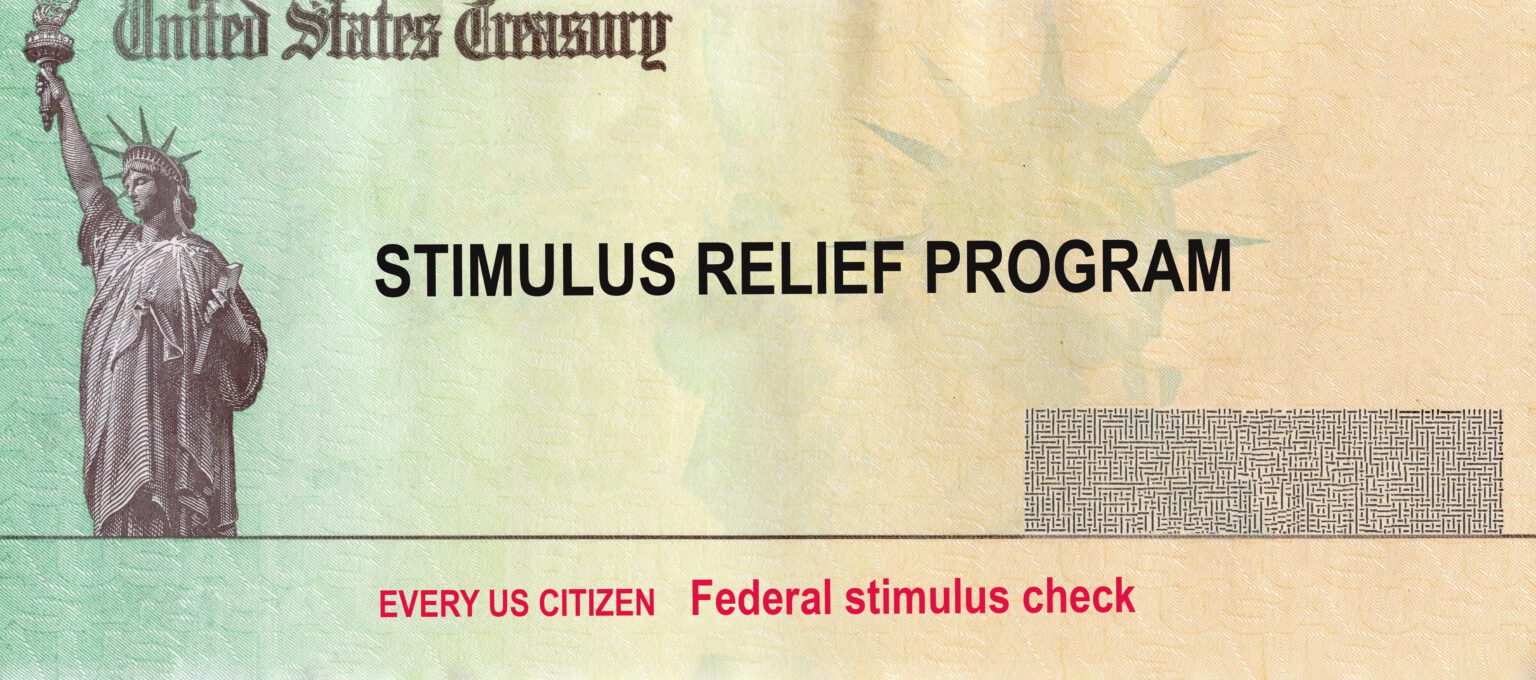
Special Stimulus Payments to Those Who Missed Them in 2021
The IRS is issuing special payments of up to $1,400 to approximately one million taxpayers who did not claim the Recovery Rebate Credit (RRC) on their 2021 tax returns. These payments aim to provide financial relief to individuals who missed out on previous stimulus payments during the COVID-19 pandemic.
Eligibility Criteria:
- Non-Claimants of RRC: Taxpayers who filed a 2021 tax return but either left the RRC field blank or entered $0, despite being eligible, will receive these payments automatically.
- Income Thresholds for Full Payment:
- Single Filers: Adjusted Gross Income (AGI) below $75,000.
- Married Filing Jointly: AGI below $150,000.
- Head of Household: AGI below $112,500.
Payments phase out for incomes above these thresholds, with single filers earning up to $80,000, married couples up to $160,000, and heads of household up to $120,000 receiving partial payments.
Payment Details:
- Distribution Method: The IRS will send payments via direct deposit to the bank account listed on the taxpayer's 2023 return or by paper check to the address on file.
- Timeline: Eligible taxpayers should receive their payments by late January 2025.
- Notification: The IRS plans to send separate letters to eligible taxpayers notifying them of the special payment.
Action Steps:
- For Non-Filers: Individuals who have not yet filed a 2021 tax return but believe they are eligible can still claim the RRC by filing their return by April 15, 2025.
- No Further Action Needed: Eligible taxpayers who filed their 2021 returns as described will receive payments automatically and do not need to file an amended return.
These payments are part of the IRS's ongoing efforts to ensure that eligible individuals receive financial support in response to the economic challenges posed by the COVID-19 pandemic. For more information, visit the IRS website or consult with a tax professional.
Questions? Ask a Professional
Don't leave your questions unanswered. Whether about the Recovery Rebate Credit or a separate tax or accounting matter, our team is here to help. Reach out today to schedule your free consultation or to simply ask a few questions by phone.
Frequently Asked Questions
- If I got additional stimulus checks in 2022 or later, could that affect whether I’m eligible for this new RRC issuance or how much I receive?
- What happens if the payment from the IRS arrives but I’ve since changed bank accounts or moved address—can I redirect it or claim the payment if it’s returned undelivered?
- If I didn’t file a 2021 tax return but I believe I qualify for this RRC payment, what is my best course of action now — and are there any deadlines I need to be aware of?
Question: If I got additional stimulus checks in 2022 or later, could that affect whether I’m eligible for this new RRC issuance or how much I receive?
Answer: Yes — while this specific issuance is targeting people who missed out on the RRC for tax year 2021, your eligibility and amount can still be influenced by your overall stimulus history. If you already received the full stimulus amounts in prior rounds (and those were properly reported), then this separate RRC payment may not apply or may be reduced accordingly. On the flip side, if you received less than your full entitled amounts, the new issuance may help “top up” the shortfall. It’s always wise to review your IRS “Get My Payment” records or contact a tax professional to confirm how your past stimulus payments interact with this RRC issuance.
Question: What happens if the payment from the IRS arrives but I’ve since changed bank accounts or moved address—can I redirect it or claim the payment if it’s returned undelivered?
Answer: Good question. The IRS is using your most recently filed tax return (in this case the 2023 return, if available) to determine where to send the payment: direct deposit to the bank account on file, or a paper check to the address on file. If the payment is returned (for example, due to a closed account or incorrect address), you should monitor your IRS account transcript or the “Where’s My Payment” tool (if applicable) to see if it was returned. If the payment is returned undelivered, you may need to file a claim or contact the IRS to request a manual re-issuance. Keep your records of your current address and banking info updated, and consider speaking with your tax advisor to ensure no steps are missed.
Question: If I didn’t file a 2021 tax return but I believe I qualify for this RRC payment, what is my best course of action now — and are there any deadlines I need to be aware of?
Answer: If you did not file a 2021 tax return, but you believe you were eligible for the RRC that year (because you missed the stimulus payment or entered zero for the credit), then the article notes you can still file a 2021 return to claim it. It’s important to act promptly. Even though the article mentions an April 15, 2025 filing deadline for non-filers, you should check with the IRS or your tax professional to confirm current deadline status and any state tax implications. By filing the 2021 return and claiming the RRC, you increase your chance of receiving the additional payment the IRS is issuing. Make sure you include all required documents, verify your income thresholds for that year, and complete the RRC line correctly on the 2021 return to avoid delays.